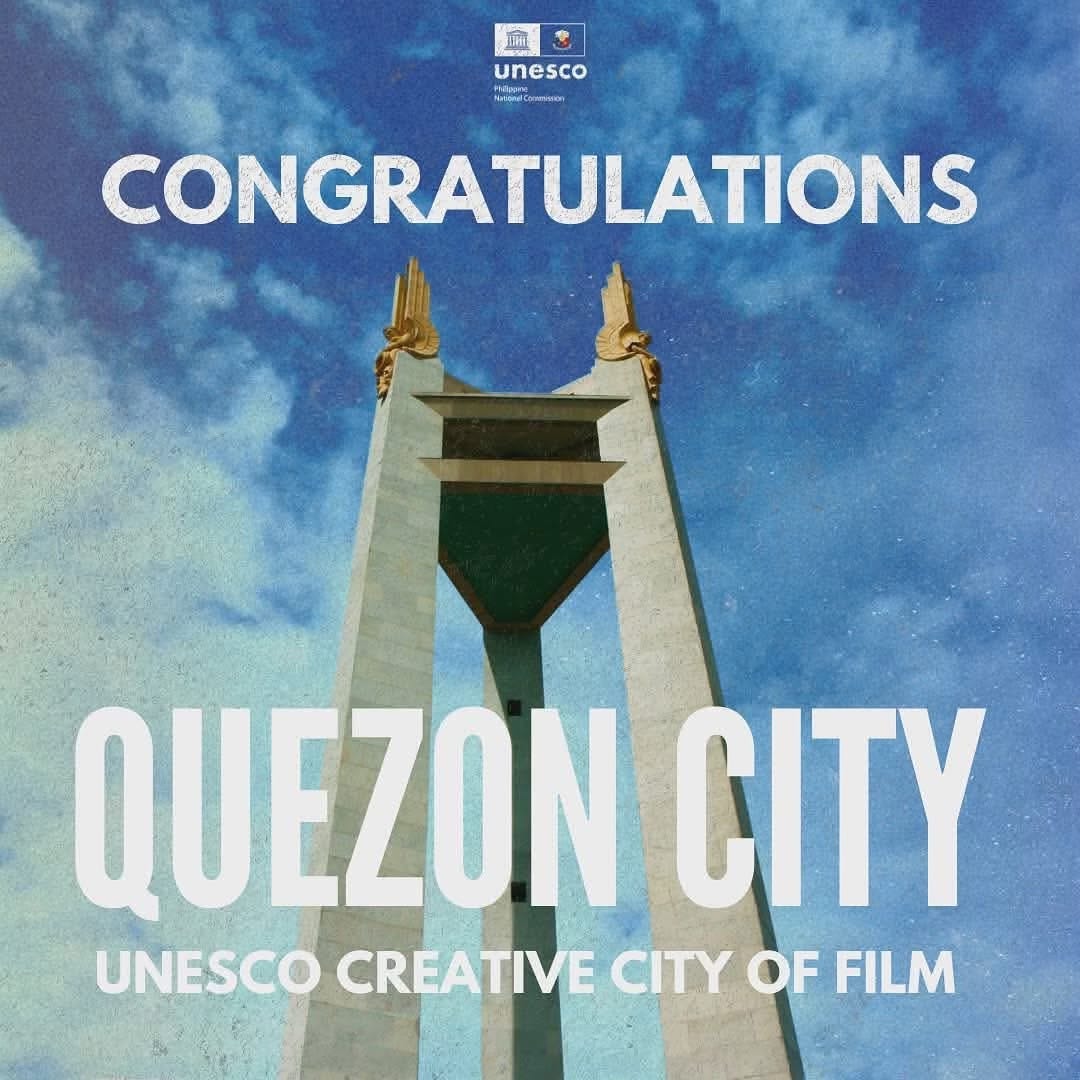🎬 A First for SE Asia: Quezon City and Ho Chi Minh City Join UNESCO’s Creative Cities of Film
What drove their recognition and how the designation reshapes the region’s creative landscape
🎯 The Main Takeaway
On World Cities Day 2025, Quezon City (Philippines) and Ho Chi Minh City (Vietnam) were officially designated UNESCO Creative Cities of Film, joining the UNESCO Creative Cities Network (UCCN) as Southeast Asia’s first film-focused cities.
This recognition spotlights the region’s growing creative economy and the power of cinema to drive sustainable urban development.
🔍 Why It’s on Our Radar
UNESCO Director-General Audrey Azoulay announced that 58 new cities have joined the UCCN, recognizing their commitment to creativity as a driver of sustainable urban growth.
Quezon City’s designation highlights its decades-long filmmaking heritage, major studios, national broadcast networks, and active cultural initiatives, such as the QCinema International Film Festival.
Ho Chi Minh City joins as Vietnam’s first Creative City of Film, reinforcing Southeast Asia’s emerging role in global cinema.
With these additions, the UCCN now includes 408 cities in more than 100 countries, spanning fields such as Film, Literature, Gastronomy, Media Arts, Music, Design, and Crafts & Folk Art.
2025 also saw the introduction of Architecture as a new creative field, showing UNESCO’s commitment to expanding recognition of urban creativity. (unesco.org)
⚖️ What’s at Stake
For cities: Enhances global visibility, attracts tourism, creative investments, and international collaborations. 🌏🎥✨
For filmmakers & cultural workers: Strengthens local creative ecosystems, including training, labor protections, and funding opportunities. 🎬🤝📚
For communities: Promotes cultural identity, heritage preservation, and social cohesion via storytelling. 🏛️❤️📖
For Southeast Asia: Positions the region as a hub for global film production and cultural innovation, inspiring other cities to strengthen their creative sectors. 🌞🎨
🌏 The Big Picture
Quezon City (Philippines)
Historic film hub: home to major studios, broadcasters, cinemas, and thousands of creative professionals.
Proactive UNESCO bid emphasizing worker protections and long-term cultural strategies.
Ho Chi Minh City (Vietnam)
Vietnam’s first UNESCO-designated Film City, reflecting the country’s growing international film profile.
Regional Trend:
Southeast Asia is now represented in UCCN’s Film category for the first time.
These cities serve as models for other regional cities to leverage creativity for urban resilience, economic growth, and cultural influence.
Why This Hits Home
Quezon City’s recognition validates Filipino cinema as a globally significant art form.
It encourages local filmmakers and communities to participate in international storytelling while preserving cultural identity.
Signals that Southeast Asian stories can compete on the world stage.
The Regional Stakes
Other major cities (Jakarta, Bangkok, Singapore) have yet to secure the Film designation but may be recognized in other creative fields (e.g., Literature, Design, Media Arts).
Competition and collaboration among Southeast Asian cities may strengthen creative economies, attract investment, and retain talent locally.
This designation highlights the importance of strategic planning, infrastructure, and advocacy in securing recognition within UNESCO’s network.
📽️ International Production Highlights
Quezon City, Philippines
A noted scene from the Filipino adaptation of the South Korean film More than Blue (2021) was filmed at the Holy Family Parish in Roxas District, Quezon City.
Ho Chi Minh City, Vietnam
Artemis Fowl (2020, Disney) includes scenes shot in Ho Chi Minh City.
The Quiet American (2002), starring Michael Caine and Brendan Fraser, was filmed partly in Ho Chi Minh City (alongside Hanoi, Ninh Binh, and Hoi An).
Song Lang (2018), a regionally significant film, showcases Ho Chi Minh City in the 1980s and highlights the city’s cinematic identity.
The Bottom Line
The 2025 designation of Quezon City and Ho Chi Minh City as UNESCO Creative Cities of Film is both a recognition and a challenge:
Recognition of decades of cinematic heritage and cultural investment.
Challenge to sustain, grow, and innovate within the creative economy.
For Southeast Asia, this is a pivotal moment — the region is now officially on the global creative map, with film leading the way.
(ZIL/QOB)






